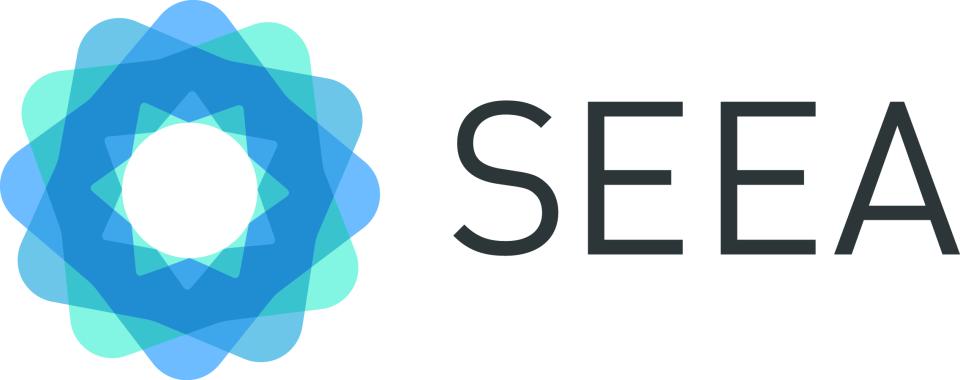Resource Corner, Issue 22

In this issue you will find TurkStat’s energy accounts, Statistics Canada’s articles on their environmental census and physical flow accounts for water and energy use, GHG emissions; Senegal’s report on land cover accounts, South Africa’s accounts for Strategic Water Source Areas; and more.
Türkiye releases SEEA Energy Accounts and a report for reference years 2017-2021
The energy accounts were prepared and released by the Turkish Statistical Institute (TurkStat) on the basis of energy balance tables issued by the Ministry of Energy and Natural Resources. Read the press release and find the SUT tables as well as the key indicators derived from the accounts here. A detailed report on the energy accounts has also been released, which describes the methodology and main findings.
EnviStats-India Explainer Series on Soil Erosion Prevention Services
On 22 May 2023, on the International Day for Biological Diversity, NSO, India released the Explainer Series on Soil Erosion Prevention Services offered by Croplands. This document specifically focuses on the physical quantity of ecosystem services (regulatory) provided by croplands. The Explainer provides a detailed explanation of the methodology used, data sources employed, and the challenges and limitations encountered during the compilation of soil erosion prevention services provided by croplands. The publication will be regularly updated to reflect any changes in methodology or data sources. The document is available for download here.
The report “Compte de l’occupation des sols au Senegal. 2010-2015” shows the process and methodological approach used in Senegal for the compilation of land use accounts for 2010-2015. The accounts were compiled using data from the land use maps produced by the Agence Nationale de l'Aménagement du Territoire and the Centre de Suivi Ecologique. The account contains 19 classes according to five themes: (i) artificial surface; (ii) denuded area; (iii) cultivated surface; (iv) wooded surface and (v) hydric region. This report describes the process of compilation, the methodological approach used, an analysis of results and a calculation of SDG indicators derived from the accounts. Access the report at the ANSD website here.
South Africa: Accounts for Strategic Water Source Areas, 1990 to 2020
Strategic water source areas (SWSAs) are national ecological infrastructure assets that are essential for water security. These areas of high rainfall make up just 10% of the land area of South Africa, Lesotho and Eswatini but supply 50% of water to these countries.
The SWSAs account for 1990 to 2020 profiles all 22 of South Africa’s SWSAs for surface water in relation to the biomes, provinces, district municipalities and Water Management Areas over which they fall. It also gives population statistics for SWSAs, and accounts for changes in land cover and protected areas within SWSAs over three decades from 1990 to 2020. Natural capital accounts such as these accounts for SWSAs strengthen the evidence base for government planning and action, helping to ensure policies are based on the best available science and data.
Read more about the key findings from these accounts. The original publication can be downloaded here.
Eurostat publishes Environmental subsidies and similar transfers statistics in the European Union
Eurostat recently released 2020 data for environmental subsidies and similar transfers in the European Union. The results showed that environmental transfers in the European Union in 2020 ranged from 0.3 % of GDP in Luxembourg to 1.2 % of GDP in Malta. The data reflect a voluntary annual data transmission to which 13 EU and partner countries participated in 2022. The data shows, for example, that most of the environmental transfers are for environmental protection rather than resource management. More information can be read online here.
Statistics Canada
- Census of Environment: Condition and ecosystem services of Canadian salt marshes, 2016 and 2021: The publication presents measures of selected ecosystem condition and service variables for identified salt marshes across the country.
- Census of Environment: Renewable freshwater for selected drainage regions and ecoprovinces, 1971 to 2019: The publication presents data for water yield, an estimate of renewable water generated by the environment, and includes regional tabulations.
- Census of Environment: Selected population characteristics by ecological and hydrological areas: The publication presents the latest data point in a 50-year time series of selected population characteristics, by hydrological and ecological area. These data are essential to understand the pressure on ecosystems and use of ecosystem services. They are also fundamental to calculating services and benefits in monetary terms.
- Environmental tax statistics (ETS), experimental estimates, 2010 to 2010 The article published on 5 May 2023 provides data on Canada’s environmental taxes in 2018, including energy taxes, carbon taxes, emission trading permits, transportation taxes, pollution taxes and natural resources taxes. The current time series covers 2010-2018.
- Pilot physical flow account for plastic material, 2012 to 2019: The article provides an analysis along with links to data tables with estimates on the physical flow of plastic products and plastic resins through the Canadian economy and waste stream
- Provincial and Territorial Tourism Satellite Account, 2019: this article provides an overview of Canada’s Provincial and Territorial Tourism Satellite Account for reference year 2019, including new estimates for energy use and greenhouse gas emissions attributable to tourism.
- Canadian System of Environmental–Economic Accounts: Intensities and demand-based measures for energy and GHG emissions, 2019: The article provides an overview of the data and links to data tables for physical flows by final demand category and direct plus indirect energy and greenhouse gas emissions intensity, by industry. These two data tables provide data for 2009-2019.
- Canadian System of Environmental–Economic Accounts: Energy use and greenhouse gas emissions, 2020: The article published on 16 February 2023 provides some analysis along with links to data tables for energy use estimates by industry at the national level and greenhouse gas emissions estimates by industry at the provincial/territorial level. The current time series covers 2009-2020.
